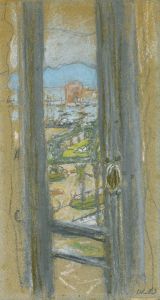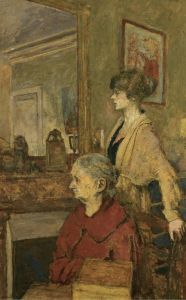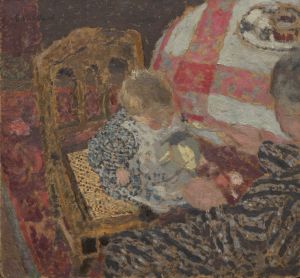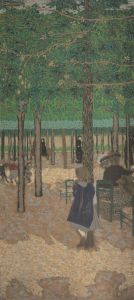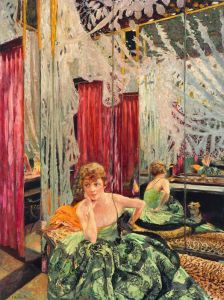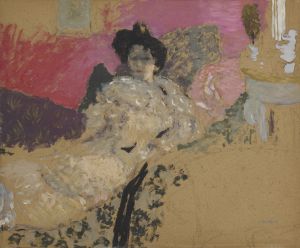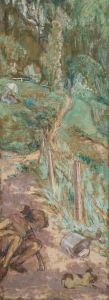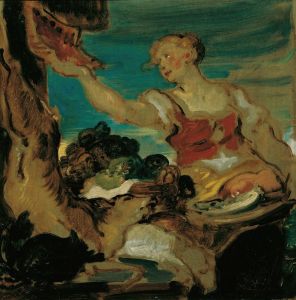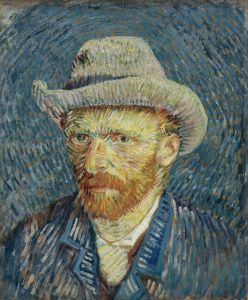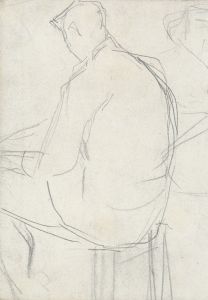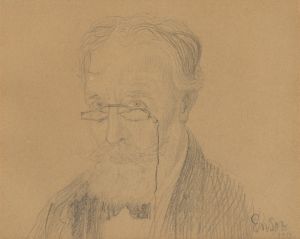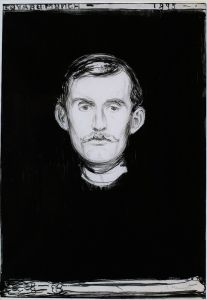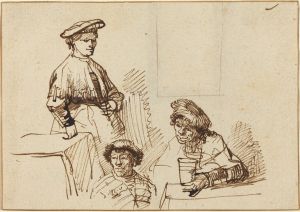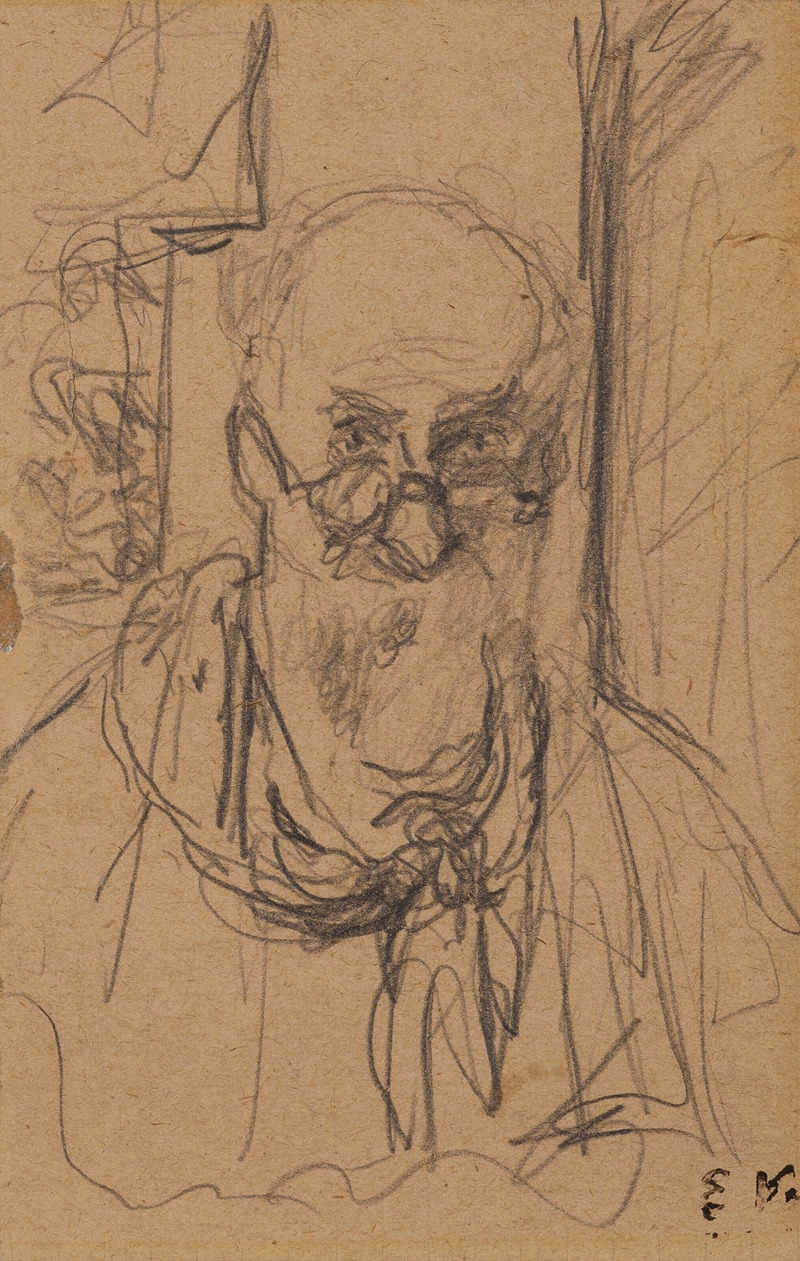
Autoportrait
A hand-painted replica of Édouard Vuillard’s masterpiece Autoportrait, meticulously crafted by professional artists to capture the true essence of the original. Each piece is created with museum-quality canvas and rare mineral pigments, carefully painted by experienced artists with delicate brushstrokes and rich, layered colors to perfectly recreate the texture of the original artwork. Unlike machine-printed reproductions, this hand-painted version brings the painting to life, infused with the artist’s emotions and skill in every stroke. Whether for personal collection or home decoration, it instantly elevates the artistic atmosphere of any space.
Édouard Vuillard's Autoportrait (Self-Portrait) is a painting created by the French artist, who was a prominent member of the Nabi group, an influential movement in late 19th-century French art. Vuillard, known for his intimate domestic interiors and use of rich, decorative patterns, often explored themes of personal identity and introspection in his work. This self-portrait is one of the few examples where the artist turned his focus inward, depicting himself rather than his usual subjects of family members, friends, or interior spaces.
The painting is believed to have been created during the late 19th or early 20th century, a period when Vuillard was deeply involved in the Symbolist and Post-Impressionist movements. In this work, Vuillard presents himself in a contemplative pose, capturing his likeness with a sense of immediacy and psychological depth. The composition is characterized by muted tones and a subtle interplay of light and shadow, reflecting the artist's interest in mood and atmosphere over strict realism.
Vuillard's Autoportrait is notable for its restrained palette and the soft, almost hazy brushwork that became a hallmark of his style. The painting avoids dramatic gestures or overt symbolism, instead offering a quiet, introspective view of the artist. This approach aligns with Vuillard's broader artistic philosophy, which emphasized the emotional resonance of everyday scenes and the intimate connection between the subject and their surroundings.
The exact location of the painting today is not widely documented, and it is unclear whether it resides in a public collection or remains in private hands. Like many of Vuillard's works, it reflects his ability to blend the personal with the universal, creating art that resonates on both an individual and collective level.
Édouard Vuillard (1868–1940) was a central figure in the Nabi movement, alongside artists such as Pierre Bonnard and Maurice Denis. The Nabis sought to move beyond Impressionism, incorporating elements of symbolism and decorative art into their work. Vuillard's contributions to the movement were significant, particularly in his focus on the interplay of color, texture, and composition.
While Autoportrait may not be as widely recognized as some of Vuillard's other works, it remains an important example of his ability to convey emotion and character through subtle, understated means. The painting offers a glimpse into the artist's self-perception and his broader artistic vision, making it a valuable piece within his oeuvre.





